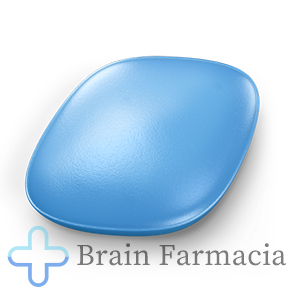Understanding Pharmaceutical Manufacturing
Pharmaceutical manufacturing is the process of producing drugs on a large scale. It involves several stages, including drug discovery, formulation, production, and packaging. Each step is carefully executed to ensure the safety, effectiveness, and quality of the final product.
Drug discovery
Drug discovery is the initial phase in pharmaceutical manufacturing. During this stage, researchers identify potential drug candidates that have the potential to treat specific diseases or conditions. Various methods, such as computer simulations and laboratory tests, are employed to assess the safety and efficacy of these candidates.
Formulation
Once a drug candidate has been identified, it needs to be formulated into a suitable dosage form, such as tablets, capsules, or injections. The formulation process involves selecting the appropriate excipients, determining the optimal drug concentration, and ensuring the stability of the final product.
Ensuring Drug Safety and Regulatory Compliance
Drug safety and regulatory compliance are of utmost importance in the pharmaceutical industry. Stringent regulations and guidelines are in place to ensure that drugs are safe, effective, and of high quality.
Clinical trials
Before a new drug can be approved for commercial use, it undergoes rigorous clinical trials. These trials involve testing the drug on human subjects to evaluate its efficacy and safety. The results of these trials are carefully analyzed to determine if the drug meets the necessary standards for regulatory approval.
Quality control
Quality control measures are implemented throughout the entire pharmaceutical manufacturing process to ensure that drugs meet the required standards. This includes regular testing of raw materials, in-process testing during production, and post-production testing of finished products. Any deviations from the specified criteria are thoroughly investigated and corrective actions are taken to maintain the quality of the drugs.
Pharmaceutical Packaging and Labeling
Pharmaceutical packaging and labeling are essential to ensure the safe storage, distribution, and use of drugs. Proper packaging and labeling practices help protect the integrity of the drug and provide important information to healthcare professionals and patients.
Packaging materials
Pharmaceutical packaging materials should be selected carefully to prevent any interaction between the drug and the packaging. Common packaging materials include glass or plastic bottles, blister packs, and ampoules. These materials should be tamper-evident, light-resistant, and moisture-proof to maintain the stability and effectiveness of the drugs.
Labeling requirements
Pharmaceutical labels contain vital information about the drug, such as its name, strength, dosage instructions, and warnings. Labels should comply with regulatory guidelines and be clear, legible, and easy to understand. Additionally, labels should include relevant storage conditions, batch numbers, and expiration dates to ensure proper usage and product traceability.






